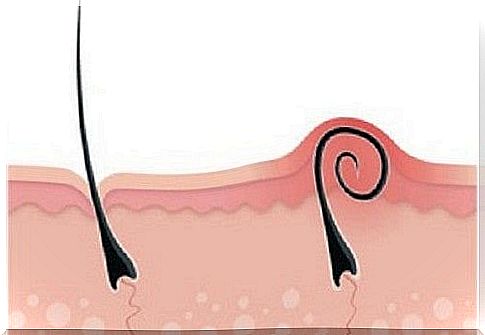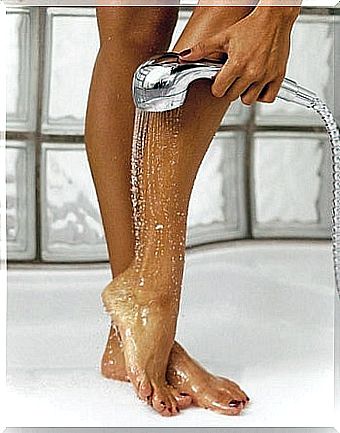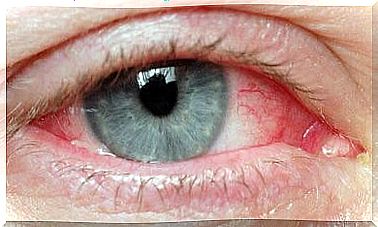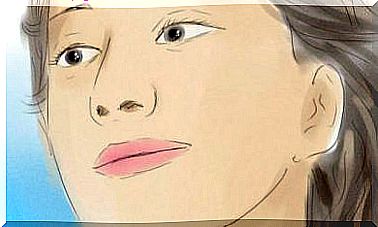How To Prevent And Treat Ingrown Hairs?
If we want to prevent the hair from getting stuck after depilation, before doing it we must dilate the pores and exfoliate the skin. After the procedure, it is important to disinfect the region.

Indeed, ingrown hair is very painful and also unsightly. They usually appear after depilation with a hot wax or epilating device. Find out how to avoid and treat ingrown hairs by reading the tips in this article.
They look like small, infected pellets that appear where hair should grow naturally or have not been shed properly.
This fact can turn into a serious problem, because in addition to treatment, it will be necessary to prevent them.
Tips to prevent and treat ingrown hairs
- Pay attention to the type of hair removal. Many people say that waxing with wax facilitates the appearance of ingrown hairs, while others claim that its appearance is due to the use of devices with blades. In the case of waxing, what happens is that the roots of the hair follicles become fragile. This makes the hair not strong enough to grow and pass through the skin tissue. With shaving with a blade, what can happen is that the hairs become ingrown because they are not removed from the root.
- Skin care. When hair follicles are clogged with fat, dead cells, dirt and germs, it makes hair growth more difficult. To prevent this from happening, it is important to do a weekly exfoliation, as well as to keep the skin cleansed and moisturized daily, using products that do not contain comedogenics, which prevent the pores from closing.

Ingrown hairs
- How to shave correctly. If you prefer shaving with razors, pay attention to the following tips: moisten the area to be shaved with water, apply mild soap or shaving foam (the same ones men use). In the case of ingrown hairs, do not pass the appliance in the opposite direction to the hair growth, just apply light pressure with the razor during depilation. It is recommended that you change the blade with every new shave or every two or three passes.
- Avoid wearing tight clothing. This habit causes the skin to be always pressed and tight, preventing it from “breathing”, in addition to obstructing the growth of hairs under the dermis, resulting in ingrown hairs. Avoid wearing very tight clothes right after waxing, whichever method you choose. It is advisable to wear clothes with cotton fabric and avoid other materials such as synthetic fabrics.
- Eliminate germs and bacteria after epilation. Use natural antiseptics based on malaleuca oil to prevent infections. This same product can be applied a few hours before hair removal.
More prevention tips
- Dilate your pores: Use hot water or a sauna to dilate your pores before waxing. You can also make compresses with a towel soaked in hot water or with a hair dryer. By following this tip, it will be easier to remove the hair.
- Avoid using the same wax several times: if your hair removal is done at home, avoid using the same wax constantly. Aesthetic hair removal centers usually reuse the same wax for days or weeks. For this reason the “Spanish” system recommends that it be used only once.

- Moisten a cotton swab in witch hazel water and apply to the skin: If the hair has ingrown, apply this solution. This is a very good homemade recipe to soothe irritated skin and help remove those unwanted hairs. It also helps to reduce the redness and inflammation that remains on the skin after epilation. It is a product that exfoliates, moistens and unclogs pores, and can be used before and after hair removal.
- Remove the ingrown hair surface with tweezers. You should know that the hair is “trapped” under the first layer of skin, so it can be extracted by gently shaving. With the help of the tip of the tweezers, lift the hair carefully, but do not pull it out, as it can irritate the area and consequently infect it. Do not forget to always wash and keep your hands clean (washing with mild soap) and sterilize the tweezers with a little alcohol or hydrogen peroxide before using it.
Continuation
- Prevent ingrown hairs from appearing: in summer or during sports. Sweating, training, rubbing thighs and legs, certain types of clothes, heat, etc. can favor the appearance of ingrown hairs, so it is recommended to use Vaseline, talc or starch to prevent irritation. When you are done with the exercises, rinse yourself well so that the hair follicles “breathe” again.
- Apply aloe leaf gel: this is a tip of an amazing natural remedy for ingrown hairs. Apply the gel at night to the affected area and let it work. It is best to have an aloe plant at home, open a leaf and extract the pulp. There are many creams and lotions on the market, however, it takes longer for them to take effect. Check that the product does not contain alcohol, as it can irritate and burn the affected area a lot.
- Choose some essential oils: such as chamomile or lavender. Note on the oil label the amount and if there is a need to dilute it in water, because some of these products are very strong and can damage or burn the skin. You can mix the oils for a better result.

Step-by-step instructions for removing ingrown hair
- Wash the area to be waxed with mild soap and water, rinsing the area with cold or warm water.
- Exfoliate well the area where the hair is ingrown, once in the morning and once in the afternoon, this way it will be “loose” and will come off the last layer of skin. This should be done with gentle movements so as not to irritate or cause bleeding. It is just made to remove dead skin, grease or dirt.
- Apply a cloth or handkerchief that is warm (but careful not to burn yourself) to the ingrown hairline for a few minutes to soothe the skin.
- Use tweezers that have been sterilized with alcohol or hot water.
- Stretch the skin firmly and remove the hair at the root with tweezers and a quick pull.
- When finished, use an antiseptic such as malaleuca or aloe berry oil.
- Always repeat this procedure if the hairs come back or if they are ingrown in various parts of the body.








